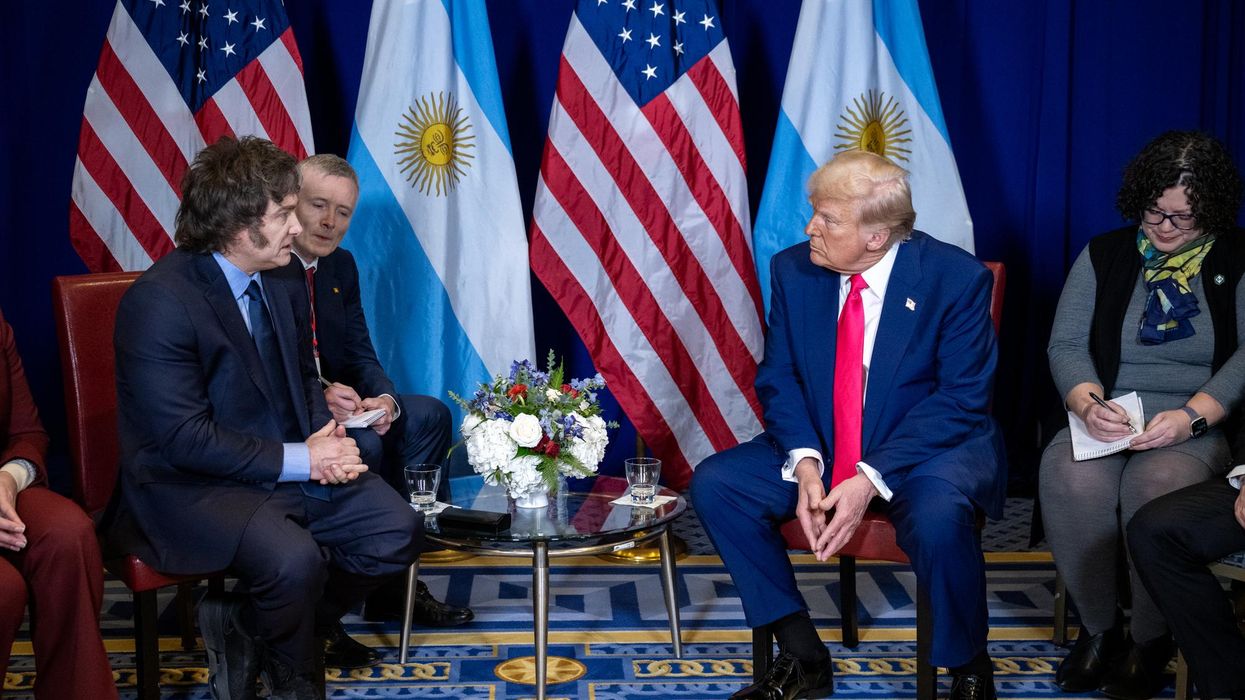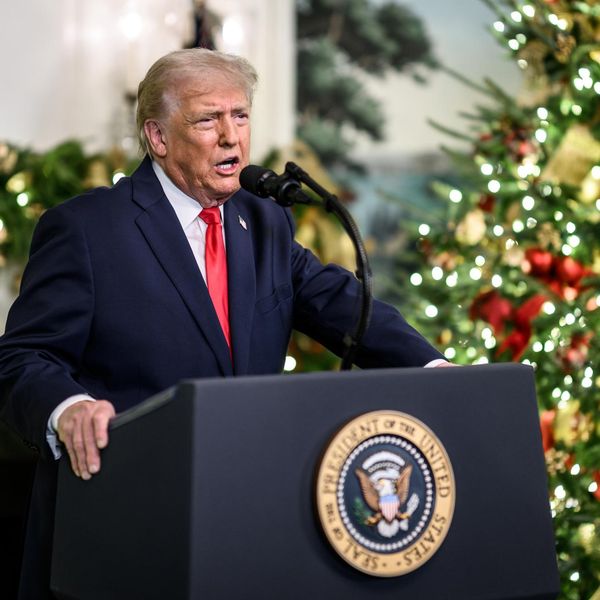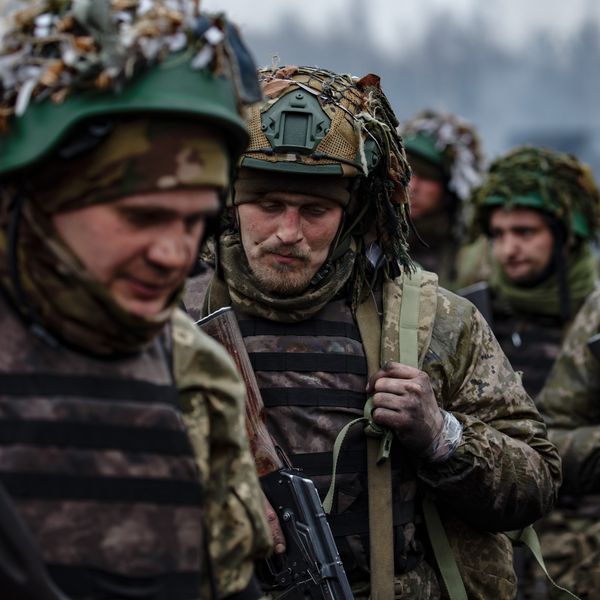America is in decline. Diminished by China’s rise, it is shifting attention from the Middle East to the Indo-Pacific.
That is one refrain in the analysis of three seemingly paradigm-challenging developments in the past month: a Chinese-mediated restoration of diplomatic relations between Saudi Arabia and Iran, the kingdom’s association with the China-led, security-focused Shanghai Cooperation Organisation, and a possible Russian-facilitated revival of diplomatic ties between Saudi Arabia and Syria.
Assessing the geopolitical importance of these developments is premature. While significant in and of themselves, they raise as many questions as they provide answers. Their ultimate impact remains uncertain.
At the same time, these developments, although seemingly sidelining the United States, have not changed facts on the ground. Furthermore, they do not suggest tectonic plate-shifting.
Geography is one immutable fact. There is no coherent Indo-Pacific strategy that does not include the region’s Western approach: the Arabian Sea with Oman, Yemen, Somalia, India, and Pakistan as littoral states.
In other words, a continued U.S. engagement in the Middle East or West Asia, however reconfigured, has to be part and parcel of any Indo-Pacific strategy.
Mini-lateral alliances like I2U2 that bring together the United States, India, the United Arab Emirates, and Israel with a focus on economics and non-conventional security such as food production testify to the importance of the Gulf and the Arabian Sea.
Moreover, the recent China- and Russia-related developments did not happen in a vacuum. They reflect a global rebalancing of power rather than the eclipse of one power by another.
Initially, the rebalancing towards a multipolar world involves the United States and China.
However, it is only a matter of time before India emerges as the world's third-largest economy and claims its seat at the top table.
In that multipolar environment, middle powers like Saudi Arabia, determined not to be caught in a renewed cold war in which they are forced to align themselves with any one side of the divide, are accruing increased agency and leverage as they play all sides against the middle.
Depending on the outcome of the Ukraine war, Gulf states may find that Russia is, at this point, a middle rather than a global power even if that is not how it seeks to project itself.
While Saudi Arabia and Iran may have had good reason to opt for China as the sponsor of their improved relations, it is not clear why the kingdom would need Moscow to restore its relations with Syria.
If Saudi Arabia and Syria reestablish relations and involve Russia, it would likely be a gesture at a time when the country is sanctioned by the United States, Europe, and some of their Asian allies rather than because Moscow actually had a substantial contribution to make. It’s doubtful that the two Arab states need Russian approval; nor would Russia object as it serves a Russian interest in sustaining its putative status as a regional player.
Earning Russian and Chinese brownie points, however, makes complete sense.
Rattled by a decade of statements by U.S. officials and actions that cast doubt on America’s continued commitment to Gulf security, Middle Eastern states seek to hedge their bets.
They do so as much based on perceptions as on facts. The role of perceptions is magnified by Washington’s failure to clearly define and effectively communicate its commitment to Gulf security. Its failure to do so looms large as facts on the ground don't bear out perceptions.
In a just published study, Christopher K. Colley, a security expert at the United Arab Emirates National Defence College, concluded that “America's forward military presence (in the Middle East) is not declining, nor even remaining stable, but in fact has increased over the past decade.”
Based on data from the International Institute for Strategic Studies, Colley noted that from 2008 to 2022, the U.S. military increased its presence in Saudi Arabia, the UAE, Bahrain, Qatar, Kuwait, and Djibouti.
Nor has there been any significant shift in weapon sourcing by Middle Eastern states, according to Colley.
Taking fighter jets as a measure, he calculated that upwards of 56 percent of fighters in the air forces of Saudi Arabia, the UAE, Kuwait, and Oman are U.S.-made with France making up much of the remainder.
“The percentage of Russian and Chinese warplanes in those countries is zero,” Colley said.
“With the United States supplying an estimated 75 percent of Saudi weapons systems, which require spare parts, repairs, and upgrades, the structural links between Washington and Riyadh are not only robust but create powerful economic, political, and security lobbies with vested interests in solving disagreements,” he added.
Colley concluded his study before the United States decided in late March to deploy aging A-10 attack planes to the Middle East to replace more advanced combat aircraft that will be shifted to the Pacific and Europe. It’s not clear what impact the replacement may have on Gulf and Chinese security considerations.
China is happy to let the United States shoulder security responsibility in the Gulf as long as its military projection is reliable and credible. Many Chinese analysts assume that the United States will maintain its commitment for the foreseeable future.
The question is whether the replacement of warplanes reduces the commitment’s credibility. For the moment, the replacement is unlikely to alter Chinese calculations.
Nevertheless, with the rapid modernization of the People’s Liberation Army (PLA) and its navy, China has increasingly acquired the capability to deploy forces to the Middle East to secure its interests.
Still, Colley suggested that “we are a long way away from the time when the Chinese military could directly take part in combat operations, such as missile defence, to protect one of its ‘comprehensive strategic partners’ from an attack.”
Even so, China’s deployment considerations are as much political as they are military. With good relations on all sides of the region's divides, China fears that an enhanced security posture could require it to disrupt its carefully constructed balance if it is forced to take military action against any one party in case of a serious threat.
It’s a very different picture when it comes to Russia. Even without the growing costs of the Ukraine war and U.S. and European sanctions, Russia’s economy, far smaller than that of either the United States or China, would struggle to shoulder the brunt of regional security in the Middle East.
In addition, the size of Russia’s navy limits the country’s ability to create a security umbrella far from its shores. Nor does it have the kind of air force that could provide cover on the open seas.
For now, this means that, there is no real alternative to the U.S. security umbrella in the Gulf.
But that doesn’t stop Gulf states from diversifying their military suppliers. In the last year, for example, the UAE signed agreements to purchase substantial weapons systems from France, South Korea, China, Indonesia, Turkey, and Israel. Except for China, its more recent suppliers are all U.S. allies or partners.
At the same time, the sustainability of the American umbrella is less a question of U.S. decline and more one of how Washington will assess its military priorities — and indeed how it defines its role in the world -- rather than by its diminishing need for Middle Eastern oil and gas.
















